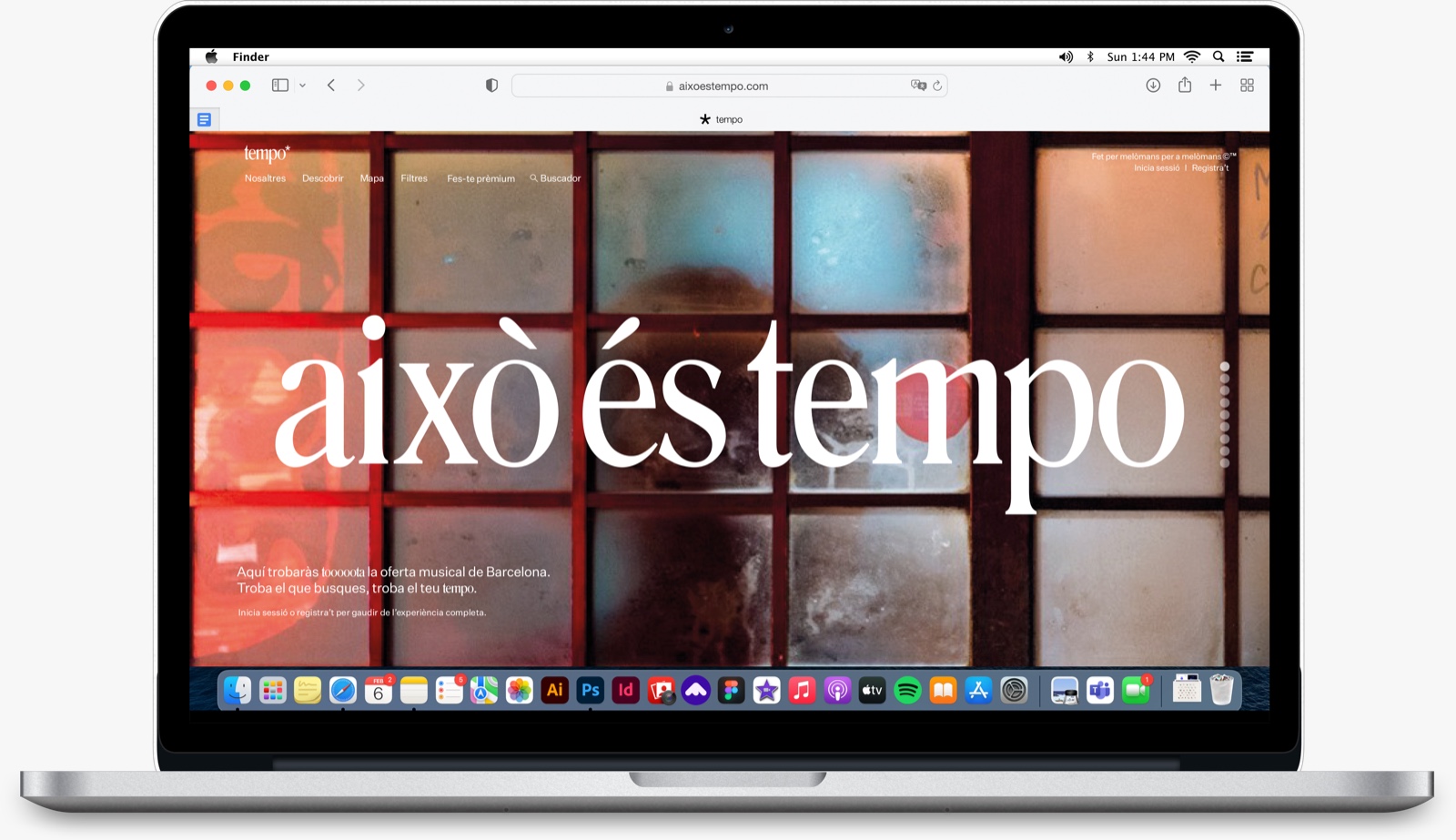Alejandra Lajo Ferrer
Spatial Designer
Design is everywhere, make it yours, leave your footprint.
‘La Cala’ (2022) Barcelona
The rethinking of the bustops in Barcelona, with a filter: there are sudden torrential rains in the city.
The brief consisted of redesigning the bustops of a specific bus route in Barcelona. My colleagues and I were allocated with the D40.
We were designated with the condition that there were very sudden, strong rains in Barcelona. Our idea originated from the shape of the cove flower (La Cala), because it has the shape of a funnel.
We were designated with the condition that there were very sudden, strong rains in Barcelona. Our idea originated from the shape of the cove flower (La Cala), because it has the shape of a funnel.
We wanted a space that covered street passengers as well as bus users, hence the shape of the funnel covers people because of its round top, and it is only held by a thin tube which allows more space for passengers of the bus and pedestrians, through which water is also collected.
We saw that we had to add a strcutre under each ‘cove’, to hold it in the concrete so that it does not tumble down. It consists of a 0.90m long pole known as foundation piles which is attached to the bottom of each funnel via a screw mechanism that must go into the ground and will also carry a tube through which the water will ‘flush’ down.
We saw that we had to add a strcutre under each ‘cove’, to hold it in the concrete so that it does not tumble down. It consists of a 0.90m long pole known as foundation piles which is attached to the bottom of each funnel via a screw mechanism that must go into the ground and will also carry a tube through which the water will ‘flush’ down.
Original medium sized bus stops in Barcelona.
Our inspiration source (the cove)
Render of ‘The single cove’, located in the bus stop, Artesanía - Góngora in Barcelona
We found out that there are three types of bus-stops. The first of them is only a sign held by a stick to announces that the bus stops there, normally located in those places with less passenger activity and thin sidewalks. The second one is the average one, the most recurring, where lots of passengers go to
get the bus to, and then the third type, the biggest, is two of the second type held together, like a double bus-stop. This is for where various buses stop at the same time and there are also many passengers. This is why we decided to create three types of ‘coves’, depending on the pathway size, amount of users, and quantity of buses stopping at the same time.
Our inspiration source
(the three-element cove)
(the three-element cove)
Render of ‘The three-element cove’, located in the bus stop, Buenos Aires - Comte d’Urgell in Barcelona
Our inspiration source (the four-element cove)
Render of ‘The four-element cove’, located in the bus stop, Doctor Pi i Molist - Pl
Virrei Amat in Barcelona
Virrei Amat in Barcelona










